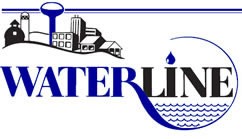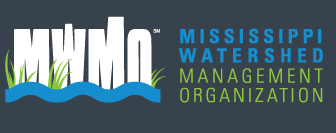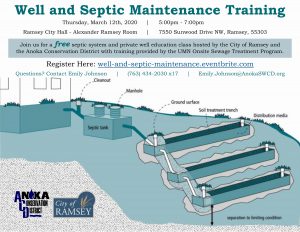Have you noticed the more frequent and intense rainfalls we’ve had in Anoka County this year? Well that can be attributed to climate change.
Climate change is a widespread, complex scientific problem and area of research. Jaron Cook, with the Anoka Conservation District, recently published an article on their blog about the specific impacts climate change is having and will continue to have on Minnesota’s water resources.
“Minnesota is one of the states most impacted by climate change. Official precipitation and temperature data has been collected in Minnesota from 1895 through today, showing some striking statistics about our changing climate:
13% increase in the size of the heaviest annual rainfall
Since 2000, rains of more than 6″ are four times more frequent than the previous 30 years prior
65% increase in the number of 3″ rains
Average temperatures in Minnesota have warmed by 3˚F since 1895
Overall, Minnesota’s climate is warmer and wetter. “
30-Year Average Annual Precipitation GIF via MN DNR.
30-Year Average Annual Temperature GIF via MN DNR.
So, what are some examples of the impact that this extremely wet climate can have? We can think back to 2012 up in Duluth, MN.
“We witnessed the impact of elevated precipitation in 2012 when the most damaging flood in Duluth’s recorded history began when heavy rains fell over already saturated ground on June 19th and 20th. At the Duluth National Weather Service (NWS) the rainfall total for those two days was 7.24 inches. A NWS volunteer observer in Two Harbors recorded the storm’s largest value of 10.45 inches in 24 hours.
The aftermath included millions of dollars of insurance losses to repair roads, bridges, homes and businesses. Many homes foundations were damaged extensively and the houses were razed. One state highway (MN 23) was closed for 3 years while it was repaired. The City of Duluth has had to adapt their stormwater infrastructure to withstand events that 30 years ago were considered 500-year events, but now happen regularly. In June 2018, just southeast of Duluth, the area received up to 10″ of rain and once again damaged Highway 23.”
Duluth is pretty far north – what about Anoka County?
“Here in Anoka County, we’ve witnessed a similar story in 2019, with all of the monitored lakes, rivers, and streams in the County reaching historic water level averages for the year. This increase in precipitation only solidifies the need for comprehensive watershed management to make sure that our infrastructure and waterways can handle the increased erosion and flow produced by this additional rain.”
What are people doing about this? Well, climate change is a global problem and people around the world are taking action! Check out this site from the United Nations. You can always express your concern to your local legislators as well.
The image included with this post is a flooded farm near Cologne, MN and belongs to the Minnesota Pollution Control Agency.
More information: MPCA’s Climate Change in Minnesota; MN DNR Climate Data.
Check out Jaron’s original article here.




 November 15th, 2019
November 15th, 2019  knowtheflow
knowtheflow 









